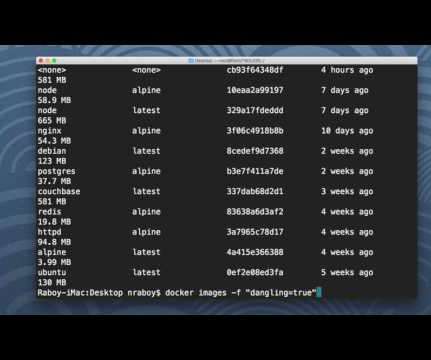Weekend Reading: Amazon Aurora: Design Considerations for High Throughput Cloud-Native Relational Databases.
All Things Distributed
MAY 19, 2017
In many, high-throughput, OLTP style applications the database plays a crucial role to achieve scale, reliability, high-performance and cost efficiency. For a long time, these requirements were almost exclusively served by commercial, proprietary databases. Soon after the launch of Amazon Relation Dabase Service (RDS) AWS customers were giving us feedback that they would love to migrate to RDS but what they would love even more was if we could also unshackle them from the high-cost, punitive lic




























Let's personalize your content